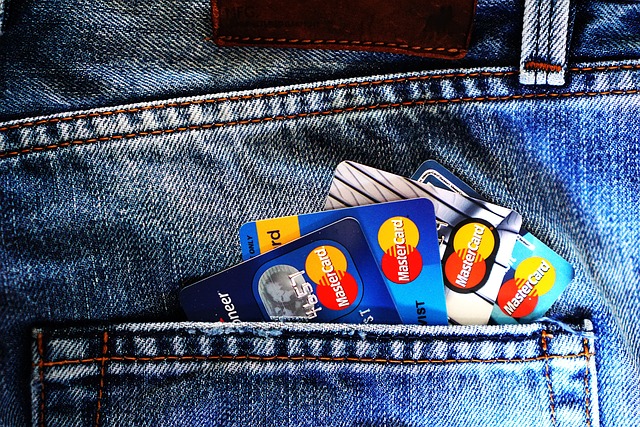Credit Card Benefits: Why Smart Spenders Use Cards for Everything
Credit is an important subject that many people are interested in learning about. Smart consumers have discovered that using credit cards for everyday purchases isn’t just convenient—it’s a strategic financial decision that can provide significant benefits when managed properly. From earning rewards to building credit history, credit cards offer advantages that cash and debit cards simply cannot match.
Understanding the Basics
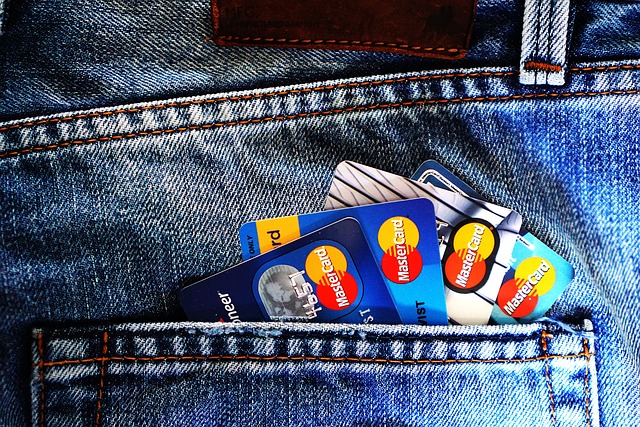
Credit cards function as short-term loans that allow you to make purchases and pay for them later. When you use a credit card responsibly, you’re essentially borrowing money from the card issuer with the agreement to pay it back, typically within a billing cycle to avoid interest charges. This fundamental concept opens doors to numerous financial opportunities.
The key to maximizing credit card benefits lies in understanding how rewards programs work. Most credit cards offer some form of rewards—whether cash back, points, or miles—for every dollar spent. These rewards can range from 1% to 5% or even higher for specific categories. Over time, these small percentages add up to substantial savings. For example, if you spend $2,000 monthly on a 2% cash back card, you’ll earn $480 annually just for using the card instead of cash.
Credit cards also provide superior fraud protection compared to other payment methods. Federal law limits your liability for fraudulent credit card transactions to $50, and most issuers offer zero liability policies. This protection is significantly stronger than debit cards, where fraudulent transactions can drain your actual bank account while you work to resolve the issue.
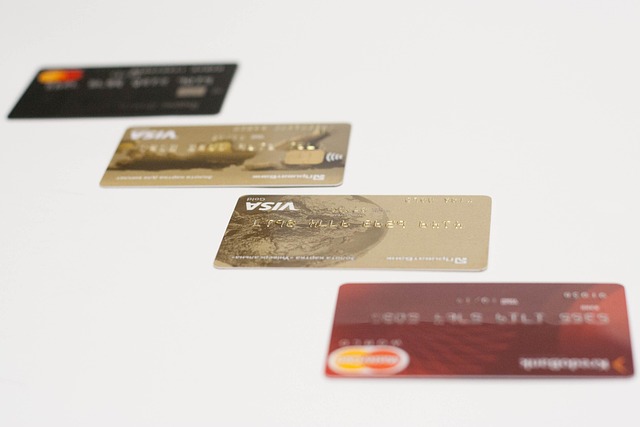
Key Methods
Step 1: Choose the Right Card Strategy
Selecting the appropriate credit card is crucial for maximizing benefits. Start by analyzing your spending patterns to identify which categories represent your largest expenses. If you spend heavily on groceries and gas, look for cards that offer bonus rewards in these categories. For dining and entertainment, seek cards with restaurant rewards. General spending cards with flat-rate rewards work well for those with varied expenses.
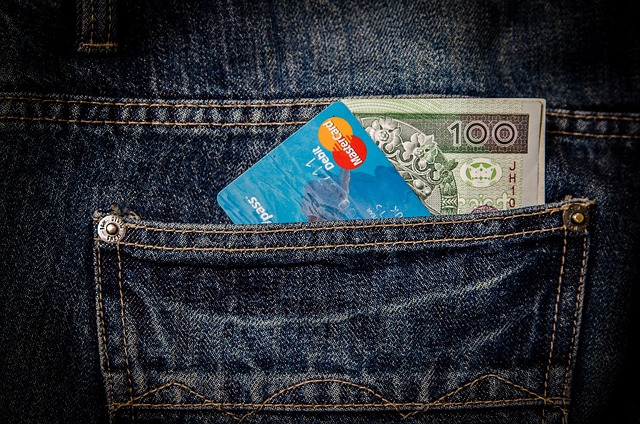
Consider the annual fee structure carefully. While no-annual-fee cards are attractive, premium cards often provide benefits that far exceed their costs. Travel cards might offer airport lounge access, travel insurance, and statement credits that justify a $95-$450 annual fee. Calculate the break-even point by comparing the annual fee to the value of rewards and benefits you’ll actually use.
Sign-up bonuses present excellent opportunities for immediate value. Many cards offer substantial bonuses—sometimes worth $500-$1,000—for spending a certain amount within the first few months. Plan major purchases around new card applications to naturally meet spending requirements without unnecessary expenditures.
Step 2: Optimize Your Spending Categories
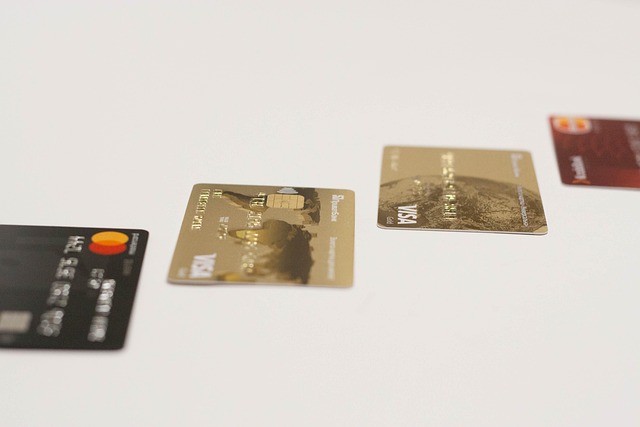
Maximizing credit card rewards requires strategic spending across different categories. Many cards offer rotating bonus categories that change quarterly, typically providing 5% cash back on specific purchases like gas stations, grocery stores, or online retailers. Mark your calendar to activate these bonuses and adjust your spending accordingly during each quarter.
Stack multiple rewards by using shopping portals, manufacturer coupons, and store loyalty programs alongside your credit card rewards. For example, shopping through a credit card’s online portal might earn 2-10 additional points per dollar, while using a store’s loyalty program provides further discounts. This layering approach can result in effective savings rates of 10-15% on purchases.
Consider using different cards for different purposes to maximize category bonuses. Keep a grocery card for food purchases, a gas card for fuel, and a travel card for flights and hotels. While this requires more organization, the additional rewards justify the effort. Mobile wallet payments often provide additional bonus categories, making your smartphone an even more powerful rewards tool.
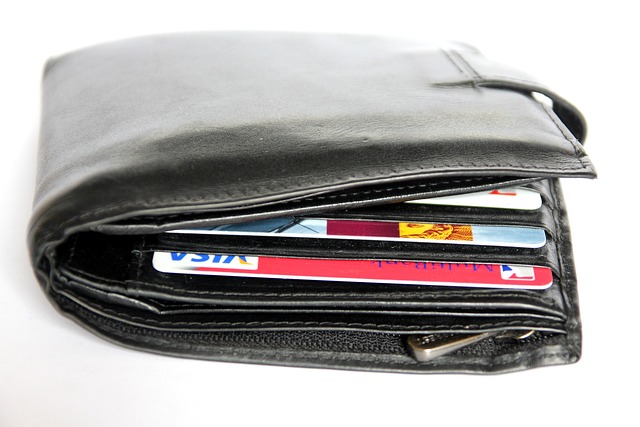
Step 3: Master Payment Timing and Credit Building
Paying your credit card balance strategically impacts both your rewards earning and credit score. Always pay the full balance by the due date to avoid interest charges that would negate reward earnings. Set up automatic payments for at least the minimum amount to ensure you never miss a payment, as late payments can damage your credit score for years.
Understanding statement dates versus due dates helps optimize your credit utilization ratio. Credit utilization—the percentage of available credit you’re using—significantly impacts your credit score. Keep utilization below 30% overall and ideally below 10% for the best scores. Pay down balances before the statement closes to report lower utilization, or make multiple payments throughout the month.
Use credit cards to build a strong credit history by maintaining accounts long-term and keeping old accounts open. The length of credit history accounts for 15% of your credit score, so closing old cards can hurt your score even if you no longer use them regularly. Keep old cards active with small periodic purchases to prevent closure due to inactivity.
Practical Tips
**Tip 1: Automate Everything for Consistency**
Set up automatic payments for all your bills through your rewards credit card, then automate the credit card payment from your bank account. This ensures you never miss earning rewards on recurring expenses like utilities, insurance, and subscriptions while maintaining perfect payment history. Many people forget about these regular expenses, missing out on hundreds of dollars in annual rewards. Create a system where your credit card becomes the default payment method for all possible expenses, maximizing your earning potential without requiring constant attention.
**Tip 2: Track and Redeem Rewards Strategically**
Monitor your rewards balance regularly and understand redemption options thoroughly. Cash back might seem straightforward, but other redemption methods often provide better value. Travel rewards frequently offer 1.25-1.5 cents per point when redeemed for flights or hotels compared to 1 cent for cash back. Some cards offer statement credits for specific purchases at better rates. Set calendar reminders to check for limited-time bonus redemption opportunities, as issuers occasionally offer enhanced redemption rates for specific periods or categories.
**Tip 3: Leverage Employee and Membership Benefits**
Many employers offer corporate credit card programs with enhanced rewards or rebates on business expenses. Even if you’re not required to use a corporate card, ask about available programs. Professional associations, alumni groups, and warehouse clubs often partner with credit card companies to offer exclusive cards with better terms or rewards rates. These specialized programs frequently waive annual fees or provide bonus categories tailored to specific demographics, creating opportunities for enhanced value beyond standard consumer cards.
**Tip 4: Monitor Credit Regularly and Optimize Utilization**
Use free credit monitoring services to track your score monthly and ensure credit card usage positively impacts your credit profile. Understand how different utilization strategies affect your score—sometimes carrying a small balance (1-9% utilization) scores better than zero utilization. However, never carry a balance that accrues interest just for credit score purposes. The interest costs far exceed any marginal score improvement benefits.
**Tip 5: Plan Major Purchases Around Bonuses**
Time large expenses around sign-up bonuses, quarterly rotating categories, or special promotional periods. If you need to replace appliances, book travel, or make other significant purchases, research current credit card offers first. Opening a new card specifically for a large purchase can yield hundreds of dollars in bonus value while providing extended warranty protection and purchase security that wouldn’t be available with other payment methods.
Important Considerations
While credit cards offer substantial benefits, they require discipline and understanding to use effectively. The most critical consideration is interest charges—carrying a balance from month to month quickly negates any rewards earned. Credit card interest rates typically range from 15-25% annually, meaning a carried balance costs far more than rewards provide. Only use credit cards if you can consistently pay the full balance each month.
Credit card debt can accumulate quickly, especially when using cards for all purchases. Create a monthly budget and stick to it religiously. The psychological aspect of credit spending—where purchases feel less “real” than cash transactions—can lead to overspending. Some people benefit from checking their account balance daily or setting up spending alerts to maintain awareness of their expenditures.
Be aware of fees beyond annual fees, including foreign transaction fees, balance transfer fees, and cash advance fees. Foreign transaction fees of 2.5-3% can significantly impact travel spending, making fee-free cards essential for international use. Cash advances should be avoided entirely, as they typically incur immediate fees of 3-5% plus higher interest rates with no grace period.
Conclusion
Using credit cards for everything represents a sophisticated financial strategy that, when executed properly, provides substantial benefits without additional costs. The combination of rewards earning, fraud protection, credit building, and extended warranties makes credit cards the optimal payment method for responsible spenders. The key lies in treating credit cards as a payment tool rather than a borrowing mechanism—always spending within your means and paying balances in full.
Success with this strategy requires initial setup time to choose appropriate cards and ongoing discipline to manage payments and track rewards. However, the financial benefits—often worth hundreds or thousands of dollars annually—justify the effort required. Start conservatively with one or two cards, master the payment discipline, then gradually expand your strategy as you become more comfortable with the system.
Remember that credit cards are powerful financial tools that amplify both good and bad financial habits. Used wisely, they enhance your purchasing power while building wealth through rewards and credit score improvement. Used carelessly, they can create debt cycles that take years to escape. The choice to use credit cards for everything should be made only after honest assessment of your financial discipline and spending habits.
